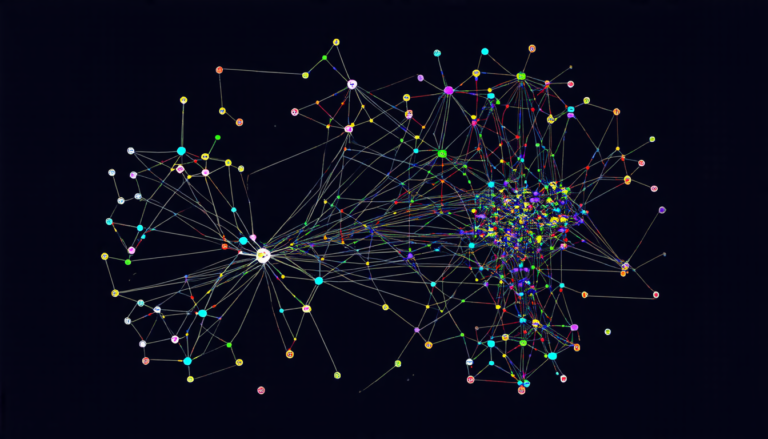Wednesday 16 April 2025
The quest for a seamless and efficient wireless network selection process has long been a challenge for researchers and engineers alike. With the proliferation of heterogeneous wireless networks (HWNs) and the increasing demand for high-quality services, finding an optimal solution has become more pressing than ever.
One approach that has gained traction in recent years is multi-attribute decision-making (MADM). By combining various attributes such as data rate, latency, and packet loss ratio, MADM can help select the most suitable network interface based on user preferences. However, traditional MADM methods often fall short when it comes to handling subjective weights and objective optimization.
Enter a new approach that combines the Best-Worst Method (BWM) with the Grey Wolf Optimization (GWO) algorithm. This innovative framework, dubbed BWM-GWO, aims to strike a balance between user preferences and network performance metrics. By using BWM to compute subjective weights and GWO to derive objective weights, this method can effectively reduce rank reversal problems and optimize network selection.
The proposed approach is built upon the principles of MADM, which evaluates network interfaces based on multiple attributes. However, traditional methods often rely on fixed weight assignments or simplistic optimization techniques, leading to suboptimal results. BWM-GWO addresses these limitations by integrating two complementary components: subjective weights and objective weights.
Subjective weights are calculated using the BWM algorithm, which takes into account user preferences and service requirements. This ensures that network selection is tailored to individual needs and expectations. Objective weights, on the other hand, are derived using the GWO algorithm, which optimizes network performance metrics such as data rate, latency, and packet loss ratio.
The combination of subjective and objective weights enables BWM-GWO to effectively reduce rank reversal problems, a common issue in traditional MADM approaches. Rank reversal occurs when the relative ranking of alternatives changes unexpectedly, leading to suboptimal network selection. By considering both user preferences and performance metrics, BWM-GWO can minimize this problem and ensure more accurate network selection.
Simulations conducted using various traffic classes demonstrate the effectiveness of BWM-GWO in reducing rank reversal problems and optimizing network selection. The proposed approach outperforms traditional MADM methods, including AHP and TOPSIS, in terms of network performance and user satisfaction.
The implications of this research are far-reaching, particularly in the context of HWNs where seamless network selection is crucial for ensuring high-quality services.
Cite this article: “Unlocking Efficient Network Selection: A Novel BWM-GWO Approach for Heterogeneous Wireless Networks”, The Science Archive, 2025.
Wireless Networks, Multi-Attribute Decision-Making, Madm, Best-Worst Method, Bwm, Grey Wolf Optimization, Gwo, Network Selection, Rank Reversal, Optimization.







